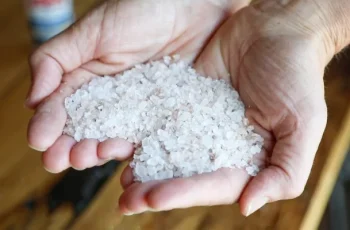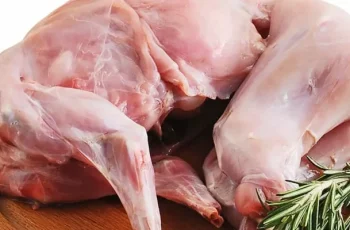Multi-Species Rotational Grazing Guide
Multi-species rotational grazing boosts pasture use, soil health, and farm productivity by rotating different livestock. It cuts chemical use and builds resilient systems with careful planning and management.

Benefits
- Forage Use: Cattle eat tall grasses, sheep and goats prefer weeds, ensuring balanced pasture use.
- Parasite Control: Mixed grazing breaks parasite cycles, reducing chemical needs.
- Soil Health: Manure and hoof action enrich and aerate soil, improving fertility.
Key Elements
- Stocking Rates: Match animal numbers to pasture capacity, pairing cattle with sheep, goats, or poultry.
- Rotation Plan: Divide pastures into paddocks, moving livestock to allow regrowth and prevent erosion.
- Fencing: Use electric or woven wire fences, with portable options for flexibility.
- Water & Shelter: Ensure water access via troughs or ponds and provide shade or windbreaks.
Livestock Roles
- Cattle & Sheep: Cattle graze tall grasses, sheep tackle weeds, optimizing forage.
- Goats: Control brush and weeds, needing secure fencing due to agility.
- Poultry: Eat pests like ticks, fertilize soil, and rotate easily with mobile coops.
Challenges
- Predators: Use guardian animals or sturdy fencing to protect smaller stock.
- Nutrition: Offer species-specific minerals to meet varied dietary needs.
- Disease: Monitor health, vaccinate, and rest pastures to curb disease spread.
Conclusion
Multi-species grazing enhances sustainability and efficiency. With strategic species selection, rotation, and problem-solving, farmers can create thriving, eco-friendly operations.

